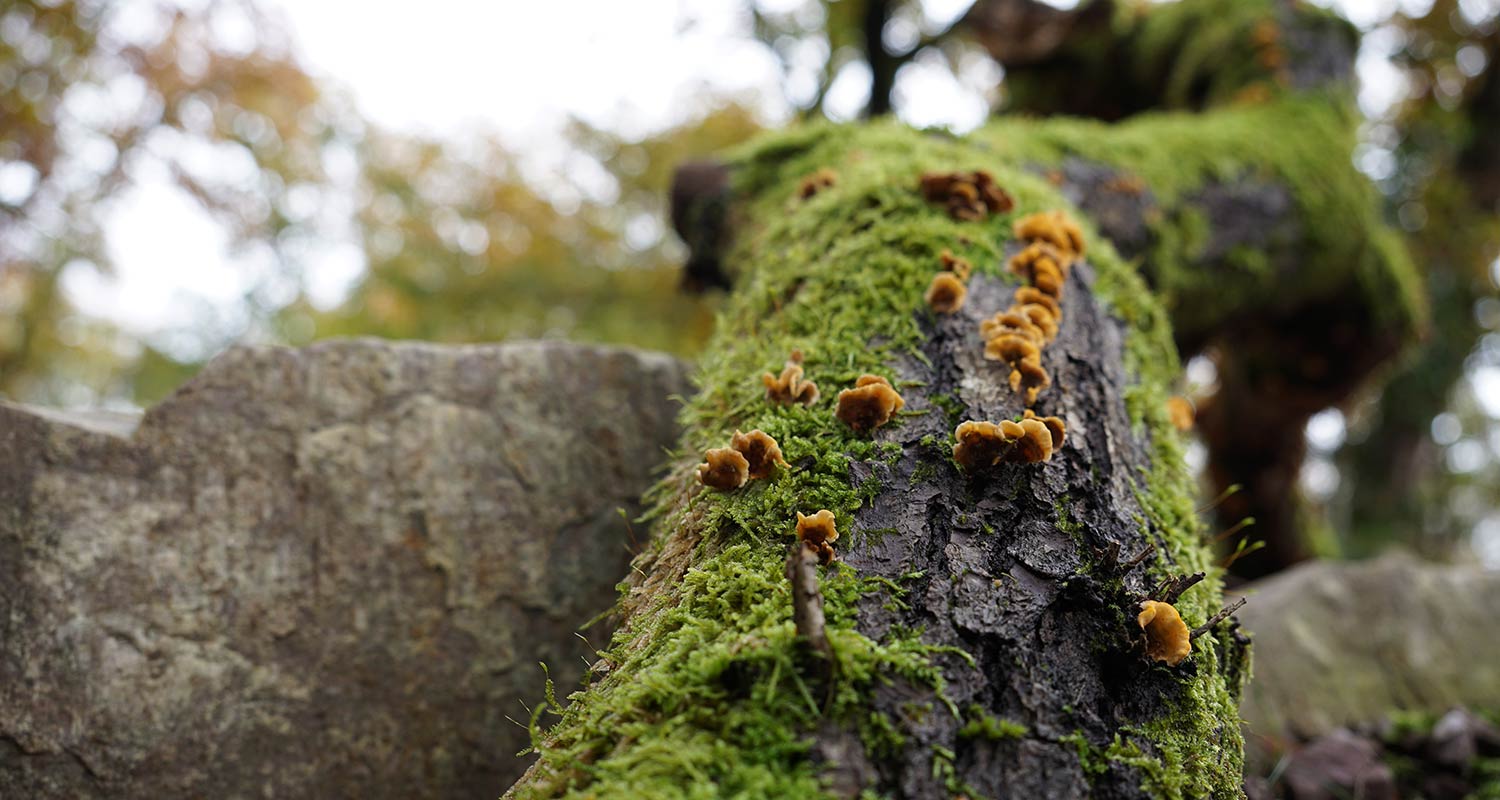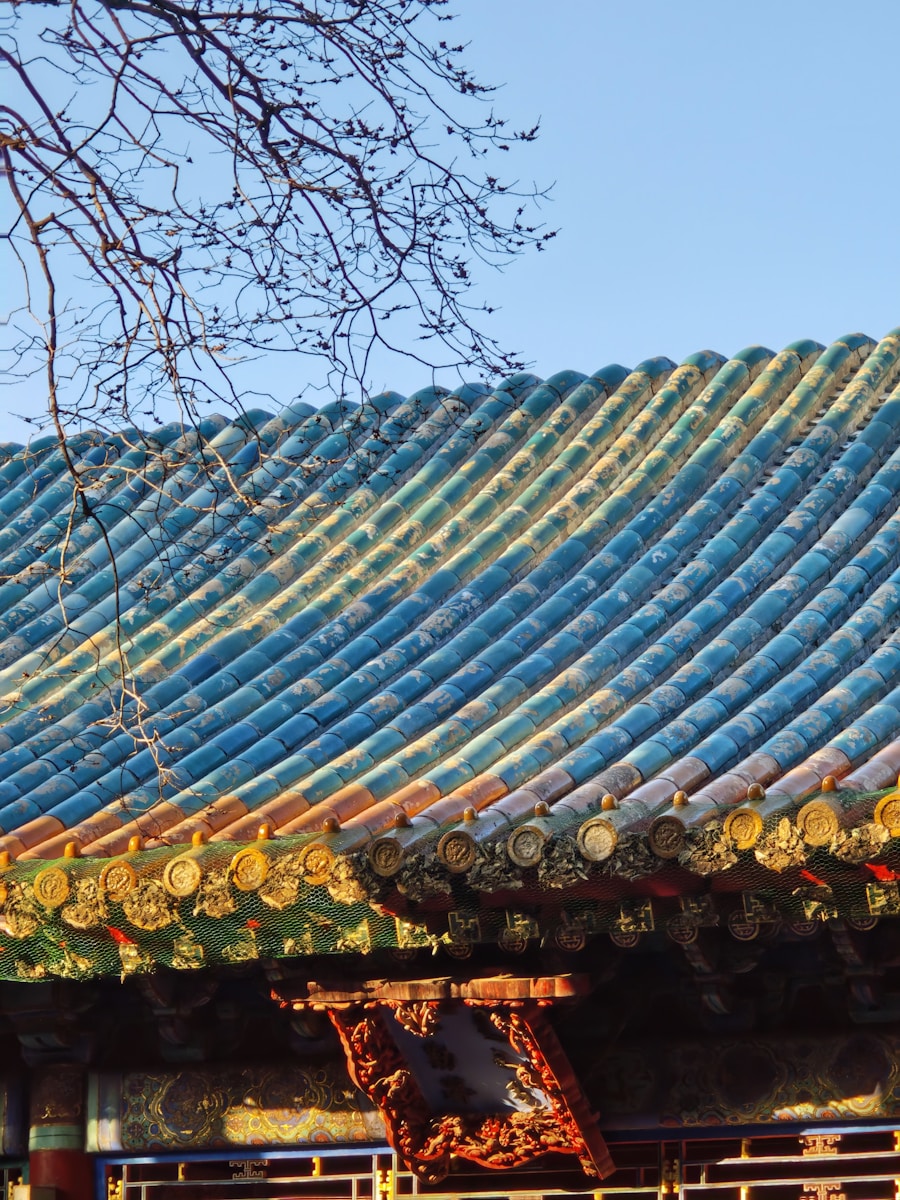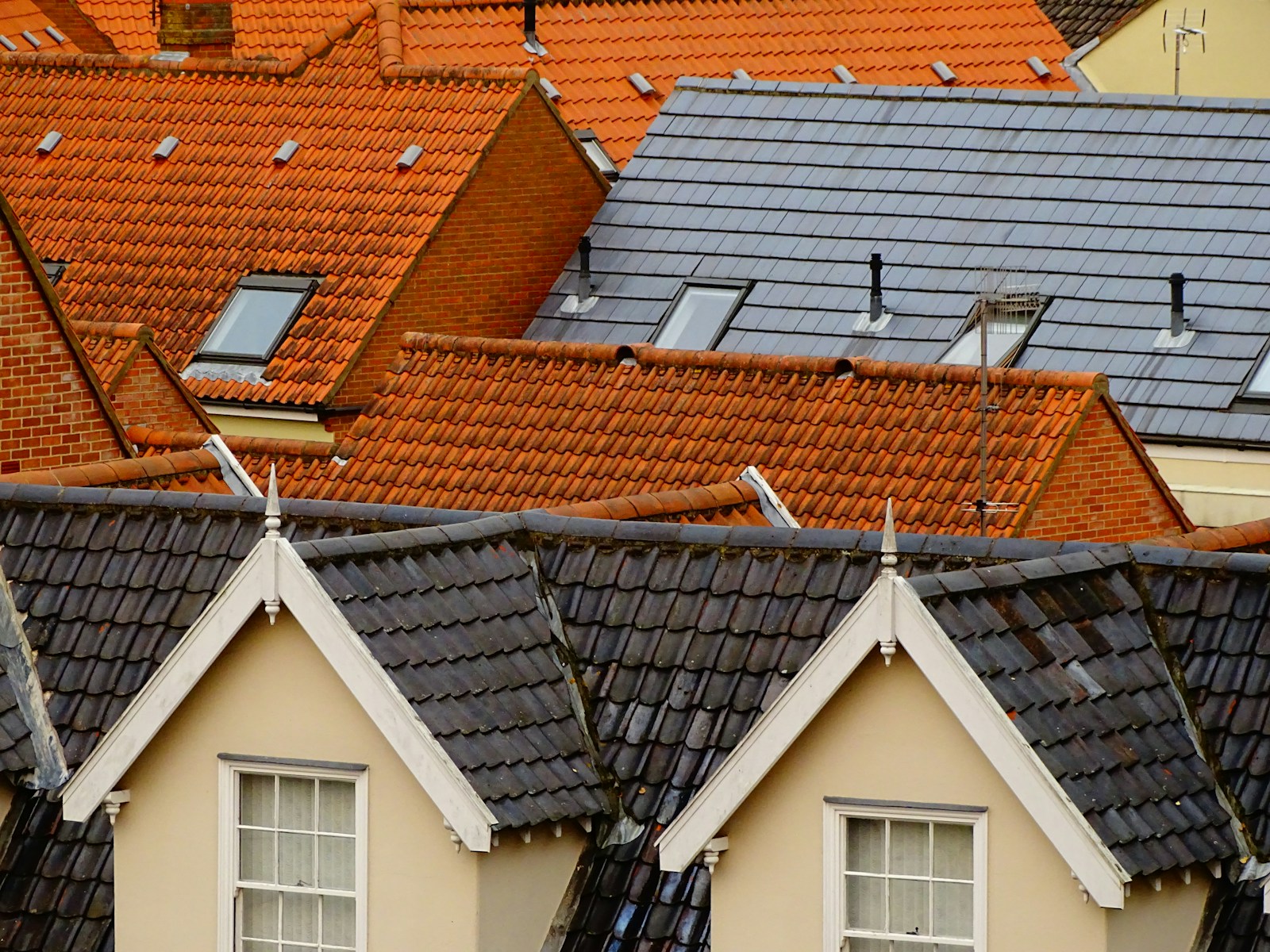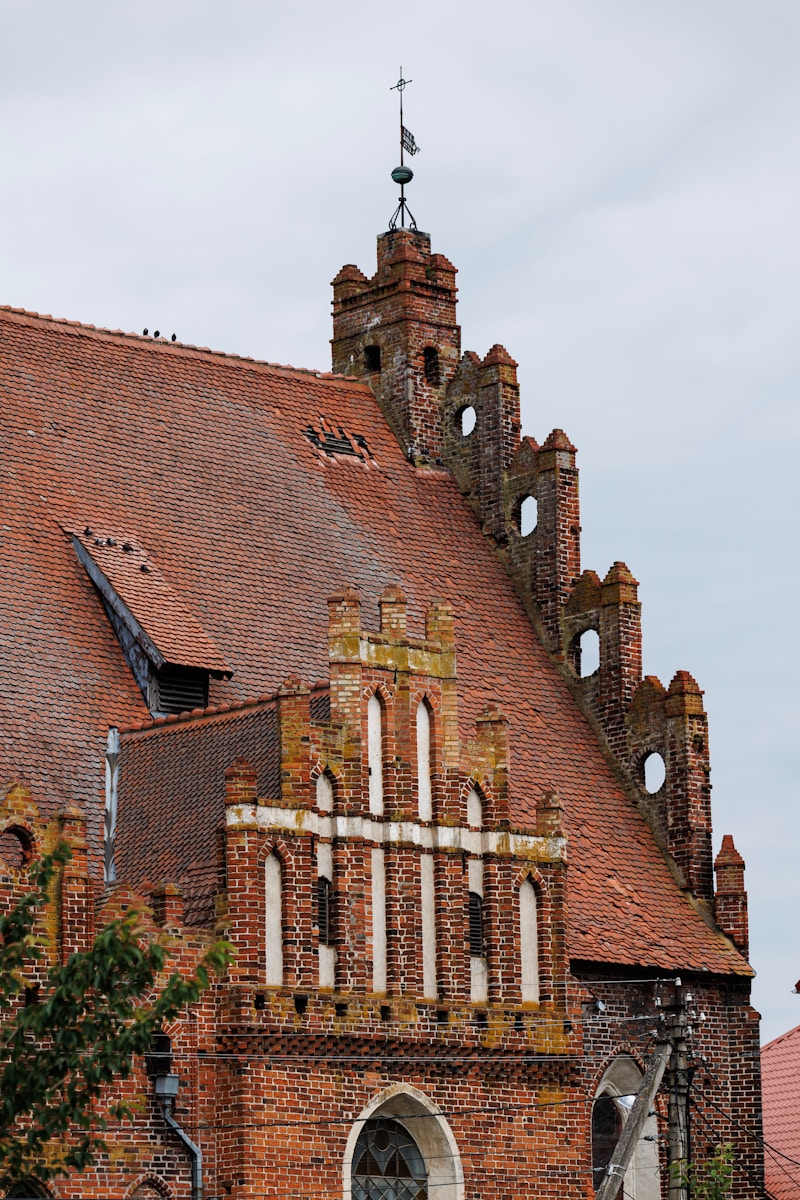Okay. So you’re staring up at your roof one random Thursday morning, sipping maybe lukewarm coffee that tastes like regret, and bam — there it is. That mossy patch. Sort of fuzzy. A little smug. Feels like it’s been living rent-free up there, throwing a garden party, and nobody even sent you an invite.
Now here’s the thing. Some folks freak out about moss like it’s termites with a green toupee. Others… well, they kinda nod at it like an old neighbor you don’t speak to but also won’t call the HOA on. Who’s right? Honestly, even moss doesn’t know.
Let’s just say it’s complicated.
It Didn’t Ask to Be There. Or Did It?
Moss doesn’t just fall from the sky like bird poop or lost drone parts. It creeps. Finds the moistest, shadiest corner of your shingles — the ones that barely get any sun ‘cause your neighbor’s walnut tree leans over like it owns the zip code — and then it just starts multiplying. Real quiet-like.
I read somewhere once (might’ve been a gardening forum, might’ve been a random guy named Carl with a YouTube channel and one eyebrow) that moss is nature’s way of saying, “You’ve got a damp problem, buddy.”
Mosses are non-flowering plants which produce spores and have stems and leaves, but don’t have true roots. Mosses, and their cousins liverworts and hornworts, are classified as Bryophyta (bryophytes) in the plant kingdom. They date back 450 million years, and have survived and thrived through a range of drastic climate changes. Comprised of 15,000 – 25,000 species, they occur on every continent and in every ecosystem habitable by plants that use sunlight for energy. Among the world of plants, the bryophytes are the second most diverse group exceeded only by the angiosperms, the flowering plants (350,000 species).
https://www.kew.org/read-and-watch/moss
And okay, that’s not… totally wrong. But is it your enemy? The final boss of roofing? Ehh. Jury’s still wiggling in their chairs on that.
Moss Feels Ancient for a Reason
If roofs had memory — some Twilight Zone kinda thing — they’d remember the first time a little patch of moss crept across the shingles. Probably before the mortgage was even paid off. Moss is old, man. Dinosaurs probably slipped on it.
It doesn’t have roots, technically. Not like your lawn does. It clings. Real passive-aggressive like. Just enough to get comfy, not enough to file taxes.
I remember this one guy, George, my uncle’s neighbor? His shed was basically green on top. Like, entirely moss. He said he let it stay ‘cause it looked like Hobbiton. And weirdly, yeah, it did. But also, the inside of that shed was always damp. Smelled like wet towels that lost a fight.
So… aesthetics: 1. Functionality: 0.
It’s Kinda Cute Until It’s Not
Here’s the strange bit. Moss is… soft. Touch it. Go on. It’s like nature’s shag carpet. Which is cute until you realize it’s holding water like a sponge on a hangover.
Wetness and roofs? Bad combo. I mean, your roof’s whole job is to keep water out. And yet here comes this green fuzzball, basically hugging moisture to your shingles like a clingy ex.
Mosses are small, low plants that do not have vascular (veinlike) structures for transporting water and nutrients. Also, they do not produce flowers or seeds. Instead, they reproduce by spores that form within a capsule that usually arises at the tip of a slender stalk. Most moss species grow in the form of either cushions or carpets, usually in damp places.
https://mdc.mo.gov/discover-nature/field-guide/mosses
That water starts seeping into the tiniest cracks. Freezes when winter mood swings hit. Expands. Boom — cracked shingles. Hello, leaks. Suddenly you’re putting buckets in your hallway like it’s performance art.
And all because of some “innocent” moss that looked kinda charming from the driveway.
The Whole “Eco-Friendly” Argument
Now, here’s where things get weird. Some people — and I’m not saying they’re wrong, just… hmm — claim moss is good for the environment. Like, it helps trap dust? Or purifies air in the tiniest way?
That might be true. I’m not a moss scientist. But that’s also like saying raccoons are great because they recycle your garbage. Doesn’t mean you want ‘em setting up camp in your attic.
Let’s be real. There’s a time and place for everything. Moss has its place. Forest floors. Rock walls behind cafes that serve overpriced chai. Maybe even old stone cottages in European villages where goats walk on roofs.
Having been around for millions of years, despite its appearance, moss is neither lichen nor fungus. It is, instead, a bryophyte. Nonflowering, in order to reproduce, bryophytes produce spores. Bryophytes have stems and leaves of a sort, but no true roots. Hair-like structures called rhizoids, while they don’t penetrate down into the soil the way roots do, attach the moss to various surfaces such as soil, bark or rock. Rhizoids also help mosses conduct and retain water as well as nutrients.
https://coastalreview.org/2025/03/moss-is-magical-useful-and-all-over-earth-but-what-is-it/
But not necessarily your two-story suburban place with a 30-year shingle warranty.
Trying to Kill It Feels Personal
Have you ever tried removing moss from a roof? It’s like scrubbing gum off carpet. Slippery. Tedious. Makes you question every life decision since buying a ladder.
There’s zinc strips. Baking soda. Power washing if you’re feeling wild and your neighbor’s not watching. Or you can pay someone who smells faintly of mildew and has too many belt clips to do it.
I tried once, back in 2019, when I was going through some stuff. Ended up accidentally removing part of the roof. The moss was fine. Smug little patch just moved six inches over like it was playing chess. I didn’t touch it again.
Sometimes, You Just Learn to Live With It
You ever hear that idea — what you resist, persists?
Maybe moss is a metaphor. Or maybe I’m just tired. But sometimes, you stare at that patch and go, “You win this round.” And you let it stay. Like a tiny rebellious garden. Up there, catching morning dew, doing its mossy thing while you figure out whether life’s about constant maintenance or selective surrender.
I mean… the roof’s still holding. No leaks yet. Maybe the moss is behaving.
Maybe — and I’m not saying this to be cute — maybe moss isn’t the enemy. Maybe it’s just a guest overstaying its welcome.
Verdict? Not Sure. Probably Depends on Your Mood.
So yeah, moss. Friend or foe?
It’s neither. Or both. It’s like that one guy at parties who’s hilarious after two drinks but won’t leave when everyone else has gone. You can like moss, in theory, but not on your house. You can respect it, but not trust it.
Some days, you might feel poetic about it. Other days, you’ll be up on a ladder with a scraper, muttering curses under your breath while your neighbor judges you over the fence.
That’s just how it goes.
Final Thought
Look, if you came here for a definitive answer, sorry. Moss doesn’t play by our rules. It just… shows up. Stays. Grows. Shrinks. Disappears. Returns. Like an ex or a tax notice.
What you do with it? That’s on you.
Just, uh, check your attic once in a while. And maybe don’t trust it too much.
Anyway. That’s all I got.





